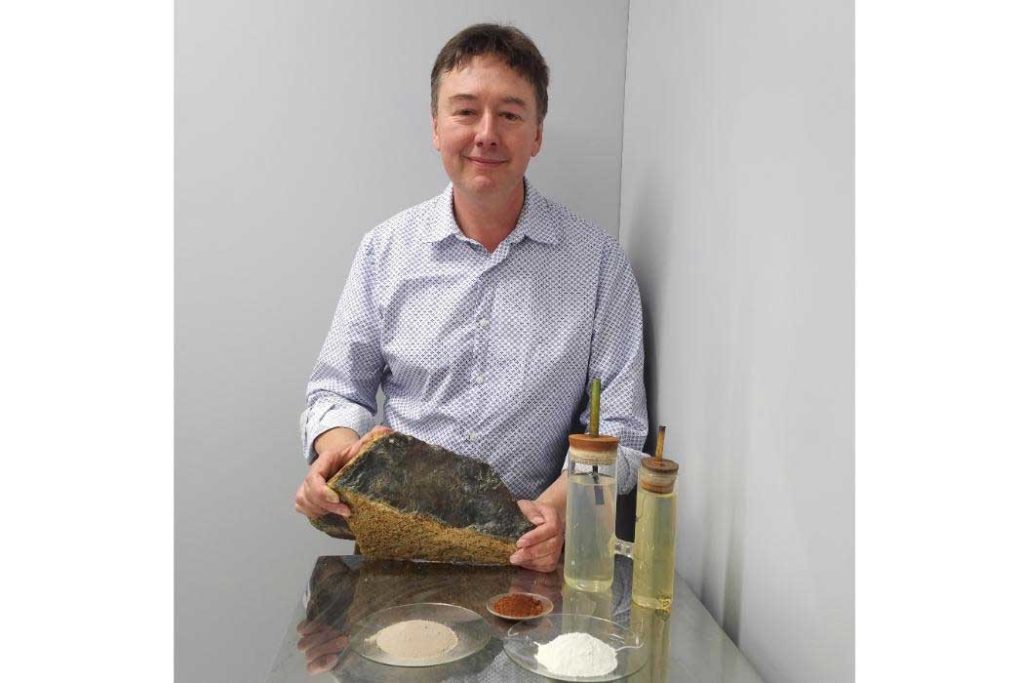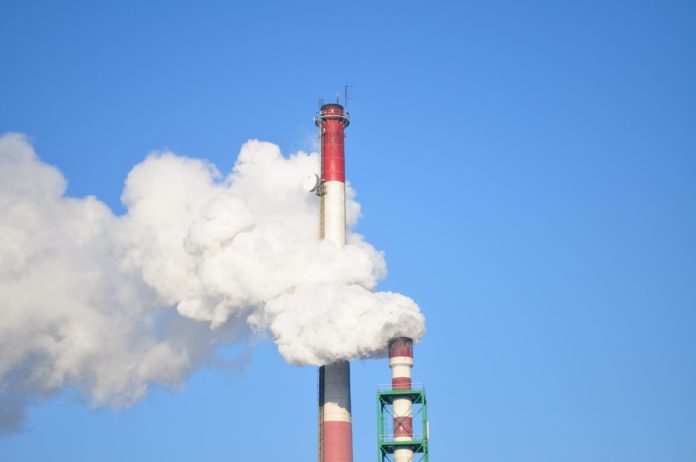The effects of unchecked CO2 emissions on global climate change are increasingly seen and felt worldwide. Global climate change related to CO2 emissions is one of the most significant challenges for the future of human life on Earth. There are many potential options for reducing or even eliminating atmospheric CO2 emissions, including underground sequestration, carbon mineralization, and ocean storage.
Approximately 40 billion tonnes of human-made CO₂ is released into the atmosphere each year. One of the most promising materials for carbon mineralization is Mg(OH)2, which is highly reactive and capable of forming stable carbonates.
In a new study by a team of international scientists led by a University of Canterbury (UC) Engineering academic, scientists discovered a new method to produce the common mineral, magnesium hydroxide or Mg(OH)2.
According to scientists, they have found a significant key to reducing climate change impacts. The method involves producing magnesium hydroxide from Olivine, an abundant mineral across the world.
What’s more, the method uses existing technologies to produce essential by-products. Significantly, the method is entirely eco-friendly.

In their study, scientists noted that “Olivine can be ground into powder, combined with hydrochloric acid and a process of electrolysis can be used to produce magnesium hydroxide. Lab trials showed that 100 tonnes of Olivine could potentially produce 35 tonnes of magnesium hydroxide, as well as 35 tonnes of amorphous silicate – a material used in products such as semiconductor circuits and cement.”
UC Civil Engineering Associate Professor Allan Scott said, “The discovery of this method has the potential to have a dramatic impact on our ability to reduce global CO₂ emissions.”
“This new method makes it possible to produce magnesium hydroxide on a large scale, which can then be transported to industrial and manufacturing sites to mineralize the CO₂ produced.”
“In theory, it’s possible to remove and sequester at least half of the 40 billion tonnes of CO₂ and continue to do so for thousands of years. The challenge now is how we take this method from the lab to an industrial-scale process which can be widely distributed at a reasonable cost.”
Other co-authors of the study include Occidental College and former UC academic Christopher Oze, UC Postdoctoral Researcher Vineet Shah, UC Ph.D. student Nan Yang, UC Associate Professor Aaron Marshall, and UC Associate Professor Matthew Watson, Imperial College London Professor Chris Cheeseman and Barney Shanks.
Journal Reference:
- Scott, A., Oze, C., Shah, V. et al. Transformation of abundant magnesium silicate minerals for enhanced CO2 sequestration. Commun Earth Environ 2, 25 (2021). DOI: 10.1038/s43247-021-00099-6
